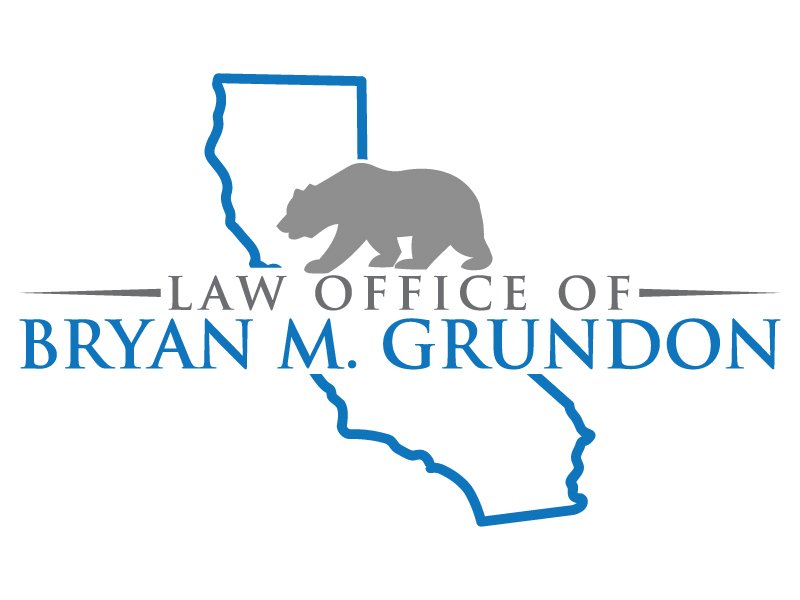WAGE GARNISHMENTS
After obtaining a judgment, we can collect on it by garnishing your debtor's wages, and taking money directly from their paycheck until the debt is satisfied.
How Does a Wage Garnishment Work?
First, we figure out who the debtor is employed by and if they are a W-2 employer. If the person is a 1099 independent contractor, wage garnishment will not be effective. You will need an assignment order which requires a completely separate procedure. Once we know the debtor’s employer, we find where the company’s agent for service of process is located, and we will then obtain a writ of execution from the court for that county which is valid for 6 months.
With the writ of execution, we submit an application for an earnings withholding order. Each county has different requirements for submitting the package, and once completed, we send the package with the writ of execution to the sheriff’s department. Some counties in California will not directly serve the earnings withholding order, in which we have to open the wage garnishment by paying the Sheriff to open the file, then hire a private process server to serve the earnings withholding order on the debtor’s employer. Upon receipt, the employer has an obligation to return their response called the “employers return,” which states whether the person is employed there or not, how frequently they are paid, and the amount they were paid the last pay period.
Finally, the employer has to state whether any other orders affecting the employee’s wages are present and if they have higher priority.
It’s important to mention that in these circumstances Family Support Orders notably are held in higher priority and ahead of Civil Orders.
How much will your garnishment get?
There is a threshold for garnishing wages. Employees have to make a minimum to have the wages garnished, and there is a maximum percentage of wages that can be garnished (25% of disposable income). If there are multiple orders the first in time is prioritized before others are paid.
How quickly will you receive garnished funds?
Assuming, we have the highest priority and the debtors don’t claim the funds exempt then the employer will send the funds to the sheriff. The sheriff will then hold the funds for some period of time, usually several weeks, then cut us a check for the amount garnished.
Additional Information Regarding Wage Garnishment In California:
When it comes to wage garnishment in the state of California, there are several important factors to be aware of and considerations to keep in mind. Understanding the legal framework and requirements surrounding wage garnishment can help both creditors and debtors navigate this process effectively. In California, wage garnishment is governed by specific laws and regulations that protect the rights of both parties involved. It is crucial to ensure compliance with these laws to avoid any legal repercussions.
One key aspect to be aware of is the maximum amount that can be garnished from an individual's wages. In California, the law limits the amount that can be garnished to either 25% of the debtor's disposable earnings or the amount by which their earnings exceed 40 times the state minimum wage, whichever is less. It is essential for creditors to accurately calculate and adhere to these limits when seeking wage garnishment.
Additionally, creditors must follow a specific process to initiate wage garnishment in California. This typically involves obtaining a court order or judgment and then serving a Notice of Wage Garnishment on the debtor's employer. It is crucial to ensure that all necessary legal documents are properly prepared and served to the correct parties involved. Failure to comply with the proper procedures may result in delays or even dismissal of the wage garnishment request.
For debtors, it is important to be aware of their rights and protections under California law. The law provides exemptions for certain types of income, such as public assistance benefits, Social Security, and disability payments. Debtors should familiarize themselves with these exemptions to ensure that their essential income is protected from garnishment.
Furthermore, it is essential for both creditors and debtors to be aware of the potential consequences of wage garnishment. For creditors, wage garnishment can be an effective method of debt recovery. However, it is important to remember that it may take time to collect the full amount owed, as wage garnishment typically occurs over a period of time. Debtors, on the other hand, should understand that wage garnishment can have a significant impact on their finances and budgeting. It is advisable for debtors to communicate with their creditors and explore alternative options for resolving their debts to avoid wage garnishment if possible.
In conclusion, wage garnishment in California is a legal process that requires careful attention to the specific laws and regulations in place. Creditors should be aware of the maximum amount that can be garnished and follow the proper procedures to initiate garnishment. Debtors should understand their rights and exemptions under the law and explore alternative solutions to address their debts. Consulting with an experienced attorney, such as Bryan M. Grundon of The Law Office Of Bryan M. Grundon, can provide valuable guidance and ensure compliance with California's wage garnishment laws.
Related Reading: The Nuts and Bolts of Wage Garnishment
